15 Things to Do in Your Garden Before Fall Arrives
As summer winds down, it’s a good time to give your garden some attention before the cooler months arrive. A little effort now can keep things looking tidy, prepare your plants for winter, and set you up for a great start next spring.
This post may contain affiliate links, which helps keep this content free. Please read our disclosure for more info.
Deadhead Spent Flowers
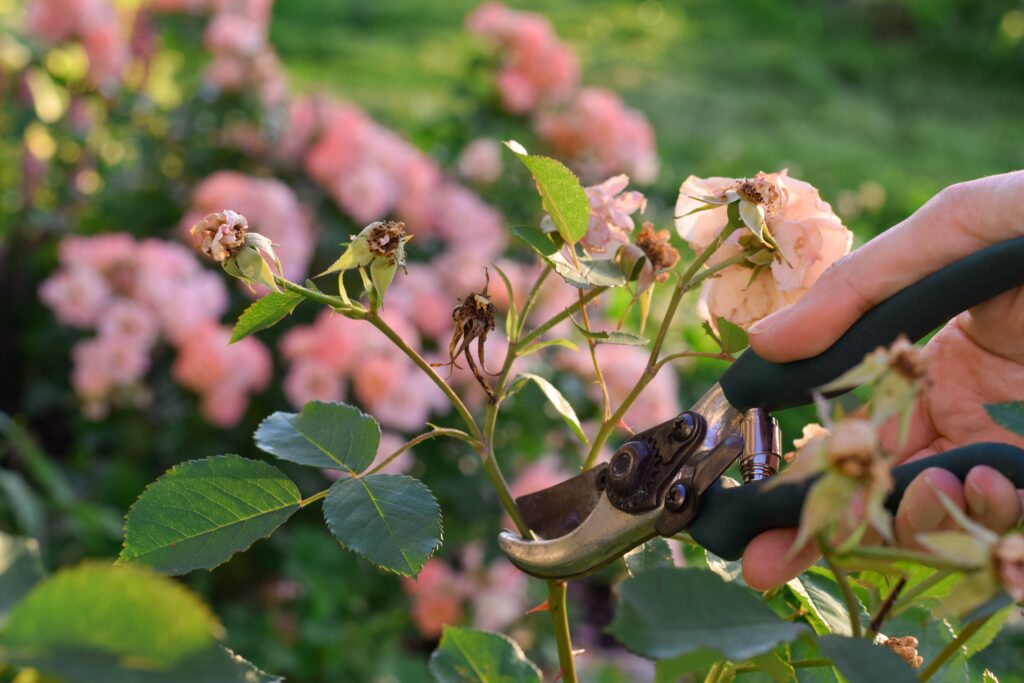
Deadheading is one of the easiest ways to keep your garden looking fresh in late summer. By removing faded blooms, you prevent plants from putting energy into seed production and encourage them to push out new flowers. This small task can make a big difference in brightening up borders and containers as the season winds down.
In addition to boosting late-season color, deadheading helps maintain plant health. Spent flowers can harbor pests or diseases, and cutting them off reduces the risk of problems spreading. Many perennials, like coneflowers and rudbeckias, respond quickly with more blooms once trimmed.
Divide Perennials
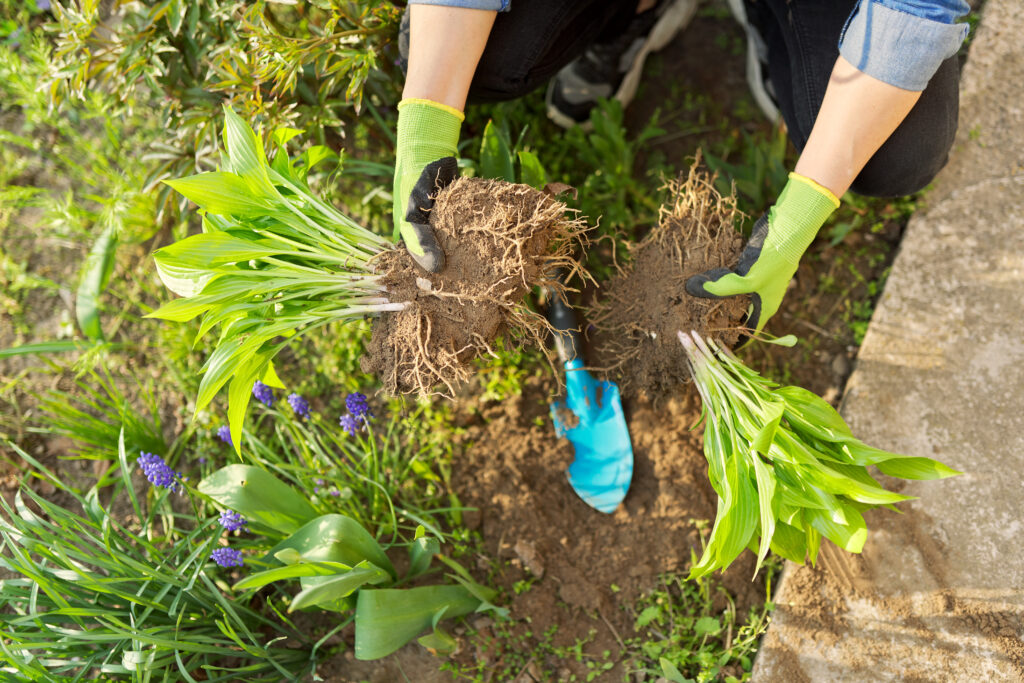
Late summer and early fall are ideal times to divide perennials that have become overcrowded. Plants like hostas, daylilies, and irises often form large clumps that benefit from being dug up and split into smaller sections. This not only refreshes the plant but also gives you extra pieces to spread around your garden.
Dividing also helps prevent poor growth caused by competition for nutrients in tight spaces. When replanted into fresh soil, the new divisions can establish strong roots before winter. It’s a great way to rejuvenate flower beds while getting more plants for free.
Pull Weeds Thoroughly
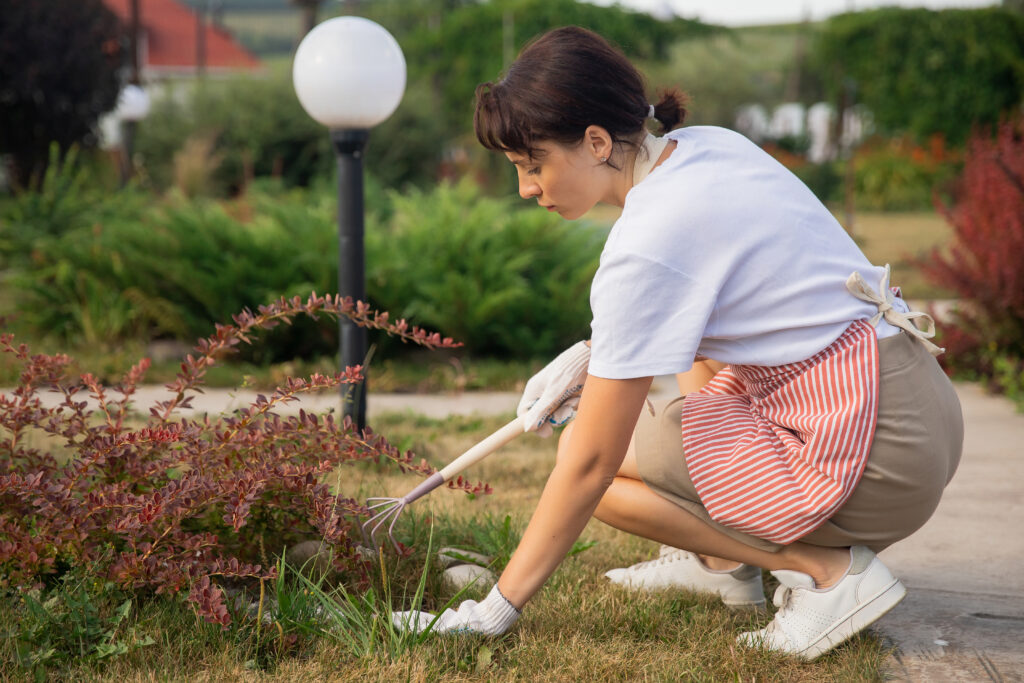
Weeds that go unchecked at the end of summer can quickly spread seed and take over in spring. Pulling them now while the soil is still soft from watering or rain makes the job easier. Removing roots completely keeps them from popping back up in cooler months.
Taking time to weed also reduces the workload later on. A tidy garden bed in September means fewer headaches in March when new growth begins. It’s a simple but powerful way to keep your garden under control year after year.
Harvest Summer Vegetables
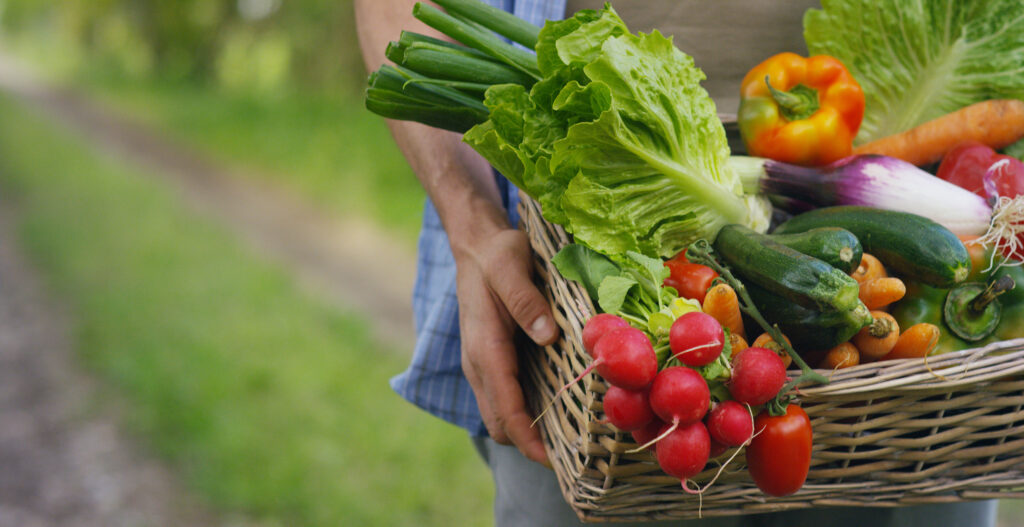
As nights begin to cool, warm-season crops like tomatoes, cucumbers, and peppers start to slow down. Harvesting them before the first frost keeps produce from spoiling on the vine. Even slightly underripe fruits can be brought indoors to finish ripening.
Collecting vegetables at this stage also frees up garden space for fall crops. You can use cleared beds to plant greens or root vegetables that thrive in cooler weather. It’s a natural transition that lets you keep enjoying homegrown food.
Start Fall Vegetables
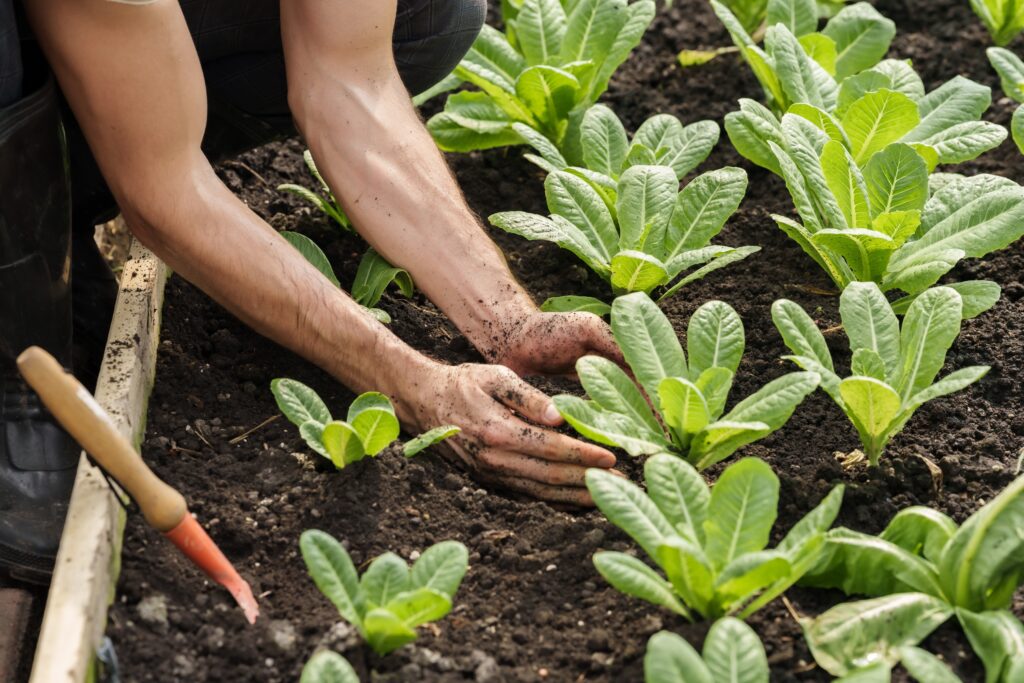
Early fall is a wonderful season for planting crops like kale, spinach, lettuce, and radishes. These vegetables prefer cooler temperatures and often taste sweeter after a light frost. Direct sowing in cleared beds or containers works well during this time.
Growing fall vegetables extends your harvest well beyond summer. With proper care, you may be cutting fresh greens or pulling crisp radishes into November. It’s a satisfying way to keep your garden productive late in the season.
Cut Back Annuals
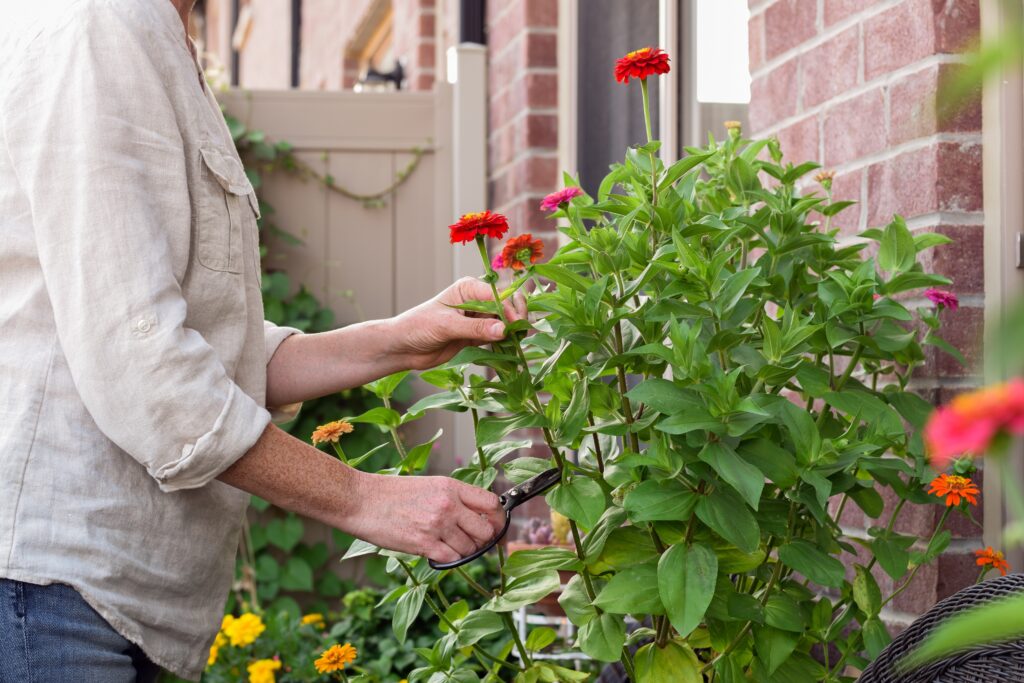
Annual flowers that have finished their bloom cycle can be cleared away to freshen up garden beds. Plants like petunias, marigolds, and zinnias often look tired by the time summer fades. Removing them opens up space for seasonal replacements.
This cleanup also helps reduce pest and disease issues that can linger in decaying plants. Instead of leaving them to wilt, composting the remains turns waste into something useful. Your beds will look tidier and be ready for fall color.
Plant Spring Bulbs
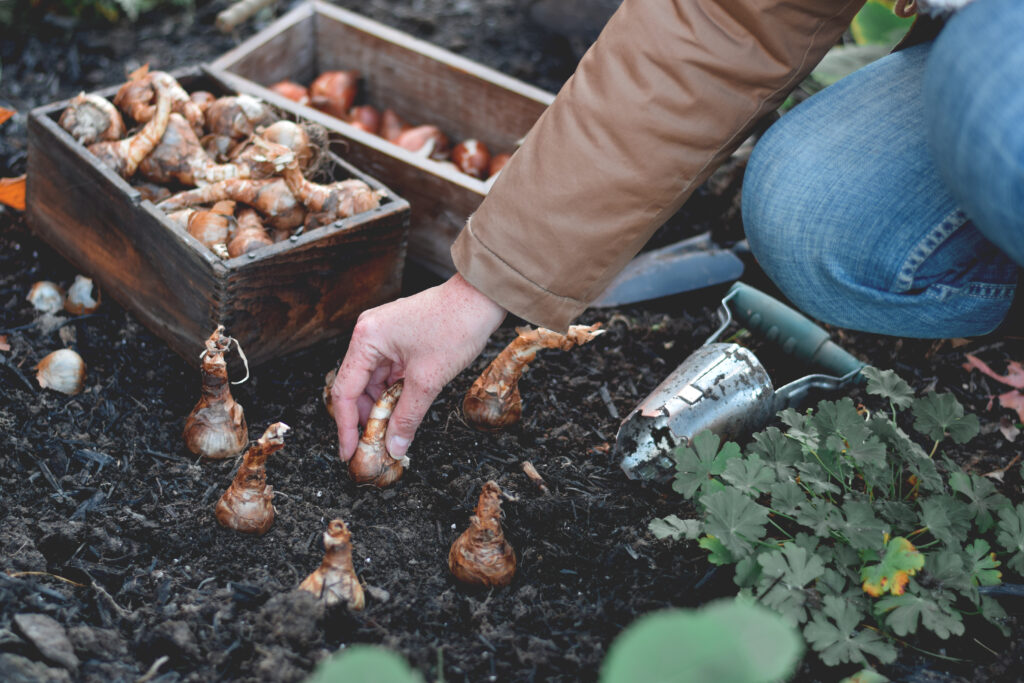
Fall is the season for planting bulbs that reward you with blooms next spring. Daffodils, tulips, and crocuses need the cool soil of autumn to develop roots before winter. Planting them now gives you an early splash of color when the season turns.
It’s helpful to plan bulb placement in clusters for a more natural look. Tucking them under shrubs or along pathways ensures cheerful surprises after the snow melts. With a little effort now, you’ll have bright displays waiting next year.
Mulch Garden Beds
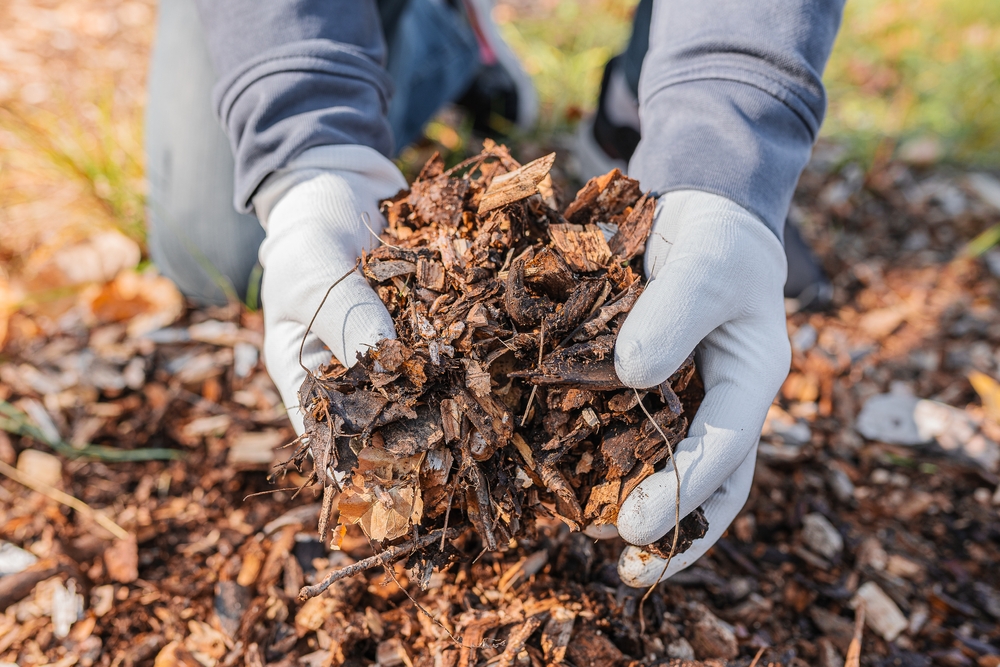
Adding a fresh layer of mulch in late summer helps protect plants as temperatures cool. Mulch insulates roots, retains soil moisture, and suppresses weed growth. It also gives beds a neat and finished appearance.
Over time, mulch breaks down and enriches the soil. Choosing natural materials like shredded bark, straw, or compost provides nutrients as it decomposes. This small step pays off in healthier plants throughout fall and winter.
Prepare the Lawn
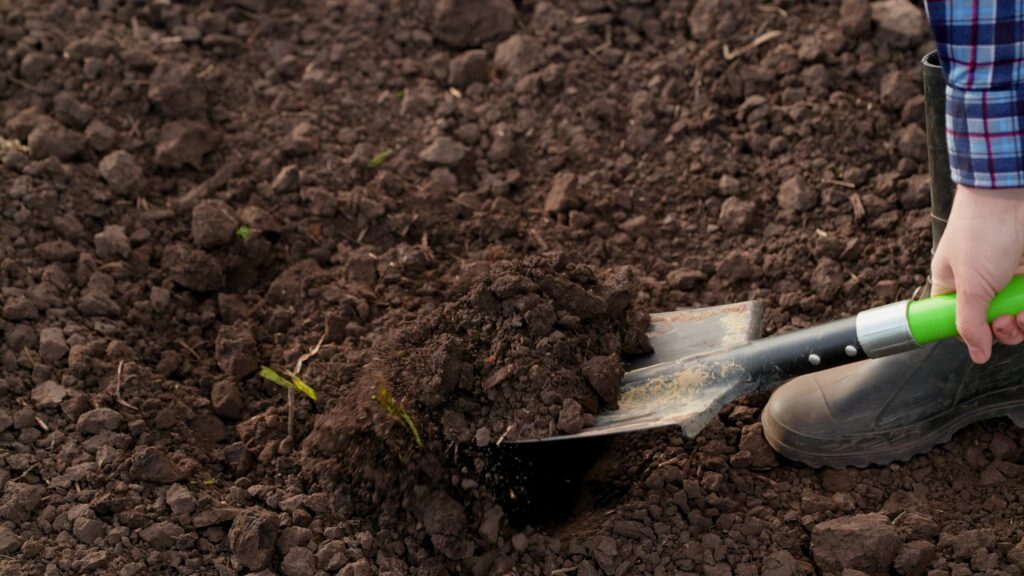
Lawns benefit from extra care at the end of summer. Overseeding bare spots and applying a slow-release fertilizer helps grass recover from the stress of heat. Aerating compacted soil allows water and nutrients to reach the roots more easily.
Fall is also a good time to repair thin patches caused by foot traffic. Grass tends to establish itself quickly in cooler weather, so early preparation means a greener lawn next spring. A little work now can improve its overall resilience.
Prune Shrubs and Hedges Lightly
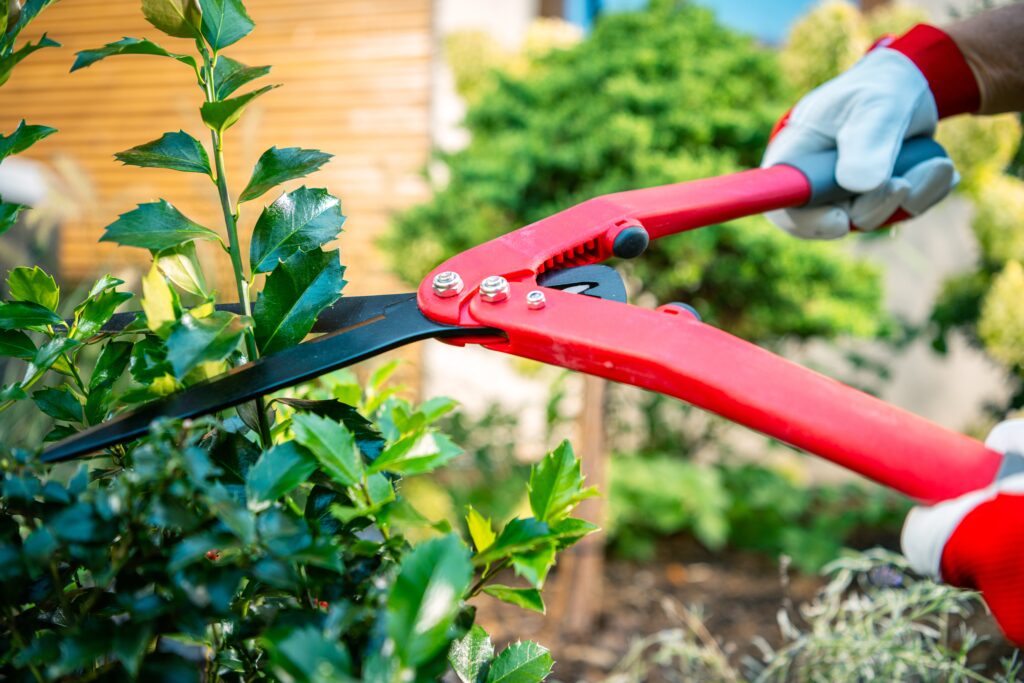
Light pruning in late summer tidies up unruly growth and shapes your shrubs for fall. Cutting back lightly helps improve airflow without stressing plants before winter. It also prevents branches from breaking under the weight of snow.
Avoid heavy pruning at this time, as it may stimulate new growth that won’t harden before frost. A few snips to maintain shape is all that’s needed. This approach keeps shrubs healthy and attractive without setting them back.
Collect Seeds
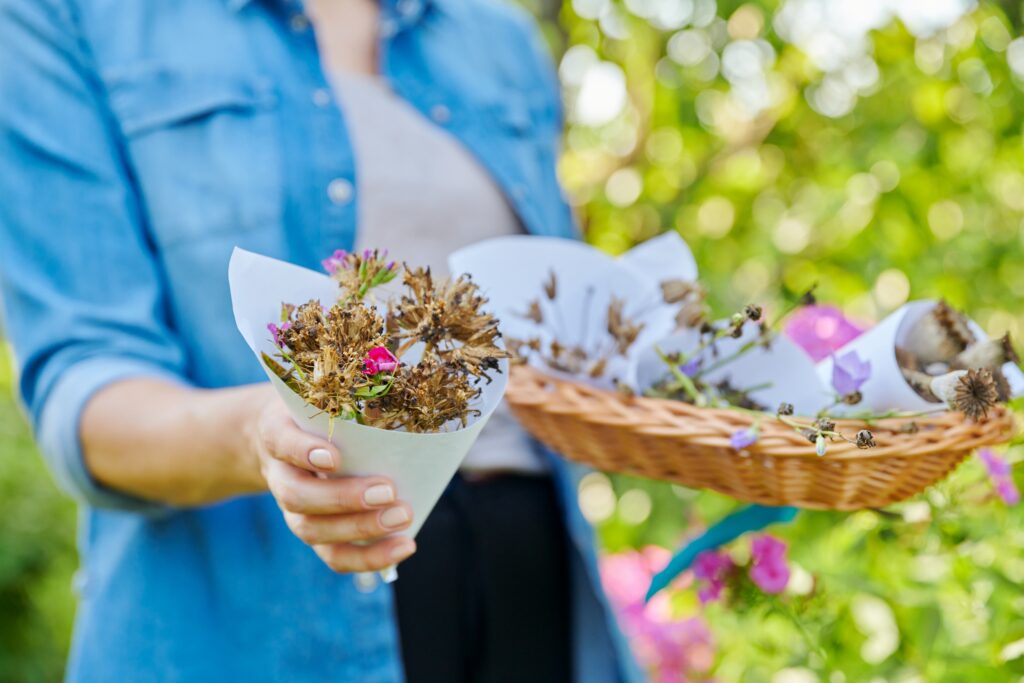
Saving seeds from annuals or favorite vegetables is a satisfying way to stretch your gardening efforts. Flowers like zinnias, sunflowers, and marigolds produce seeds that are easy to dry and store. Vegetables such as beans and tomatoes also provide seeds worth saving.
Collecting seeds not only saves money but allows you to grow plants well-suited to your garden’s conditions. Stored properly in paper envelopes or jars, seeds can last for years. It’s a rewarding cycle that connects one growing season to the next.
Bring Tender Plants Indoors
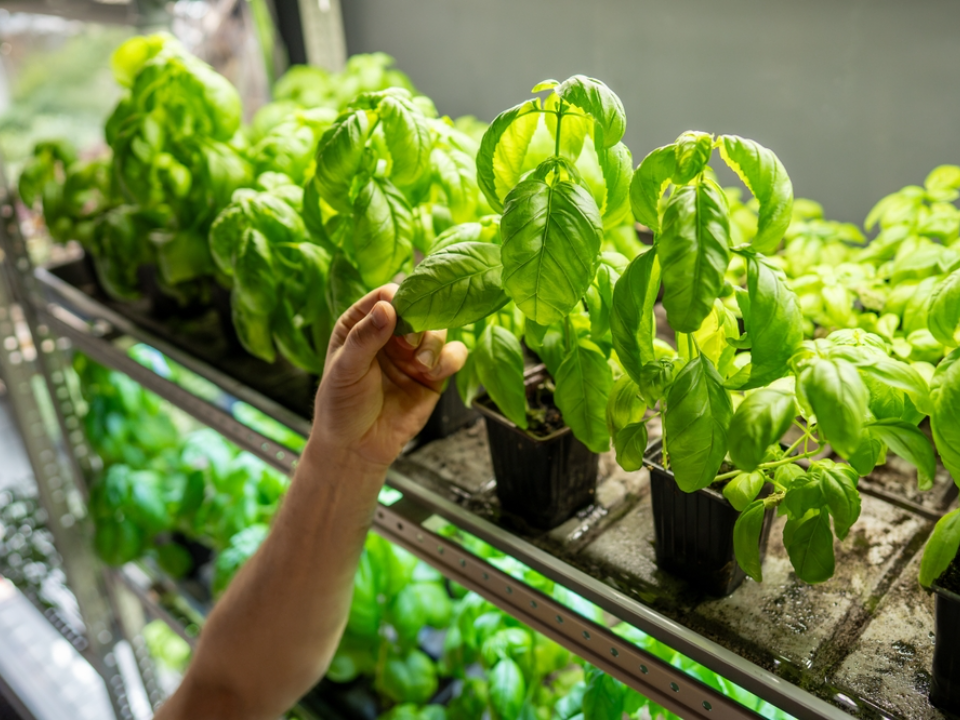
Some plants simply can’t tolerate cool fall nights. Herbs like basil, along with tropicals such as hibiscus or potted citrus, should be brought indoors before temperatures drop too low. Doing this early helps them adjust gradually.
Wiping leaves clean and checking for pests before moving plants inside is important. Once indoors, place them near bright windows or under grow lights. This way you can enjoy greenery all year without losing delicate favorites.
Compost Garden Waste
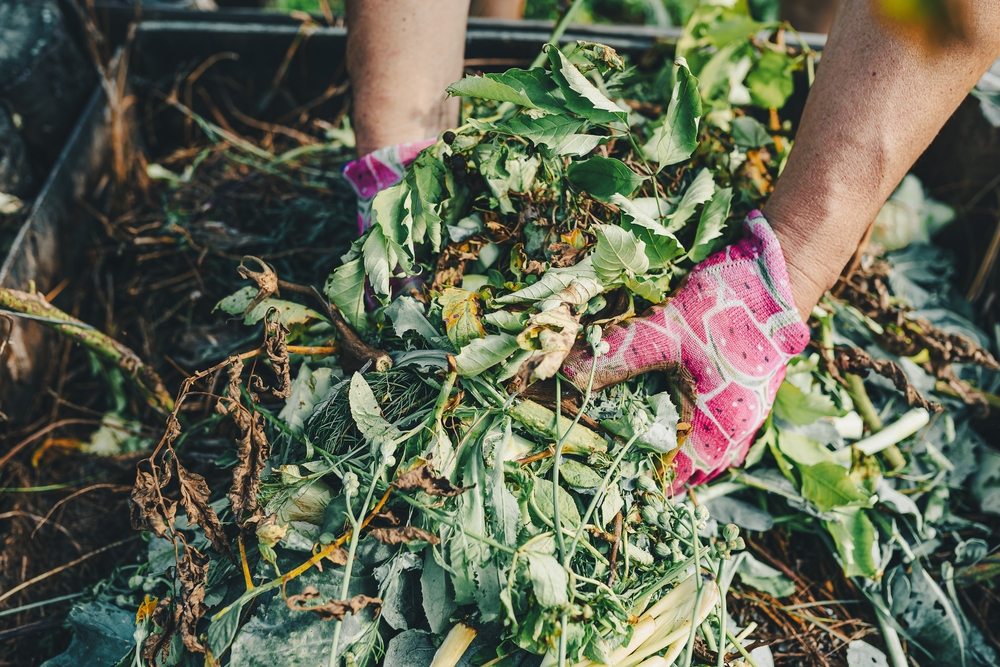
Instead of tossing pulled weeds and plant debris, composting turns them into valuable soil. A balanced pile of green materials like clippings and brown matter such as dried leaves decomposes into rich organic matter. This reduces waste while feeding your garden naturally.
Maintaining a compost pile through fall means you’ll have nutrient-rich material ready for spring planting. Regularly turning the pile speeds decomposition and keeps it from getting smelly. It’s a simple habit that gives back to your garden.
Add Fall Color
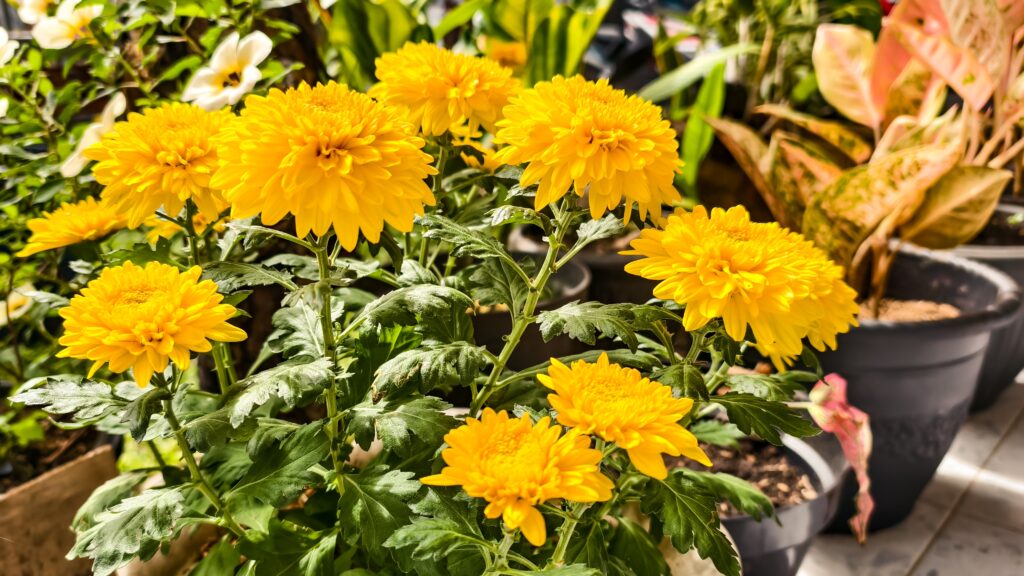
Once summer blooms fade, adding seasonal flowers keeps your garden cheerful. Mums, asters, ornamental kale, and pansies thrive in cooler temperatures and offer a fresh burst of color. Planting them in containers or borders brightens up outdoor spaces.
These plants also attract late pollinators, giving bees and butterflies much-needed food before winter. Mixing different colors and textures creates lively displays that last well into autumn. It’s a quick way to refresh your garden and enjoy the season.
Check Garden Tools
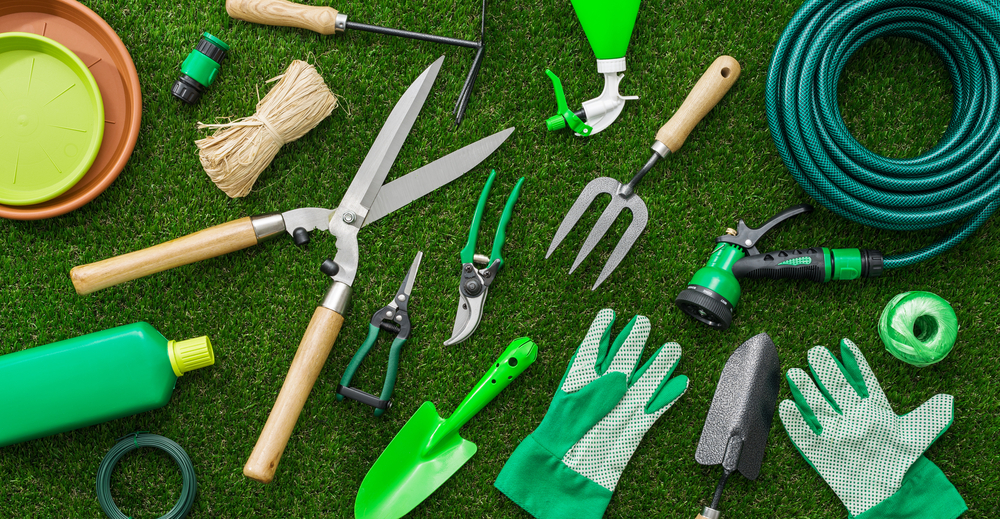
The end of summer is an ideal moment to take care of your tools. Cleaning dirt off blades and applying a light coat of oil prevents rust. Sharpening pruners, shears, and hoes makes gardening easier next season.
Storing tools properly also extends their lifespan. Hanging them in a dry shed or garage keeps them from getting damaged. With everything in order, you’ll be ready to start fresh when spring arrives.
This article originally appeared on Avocadu.
